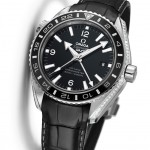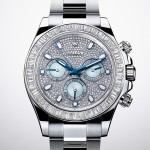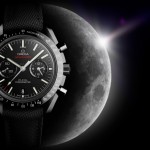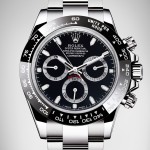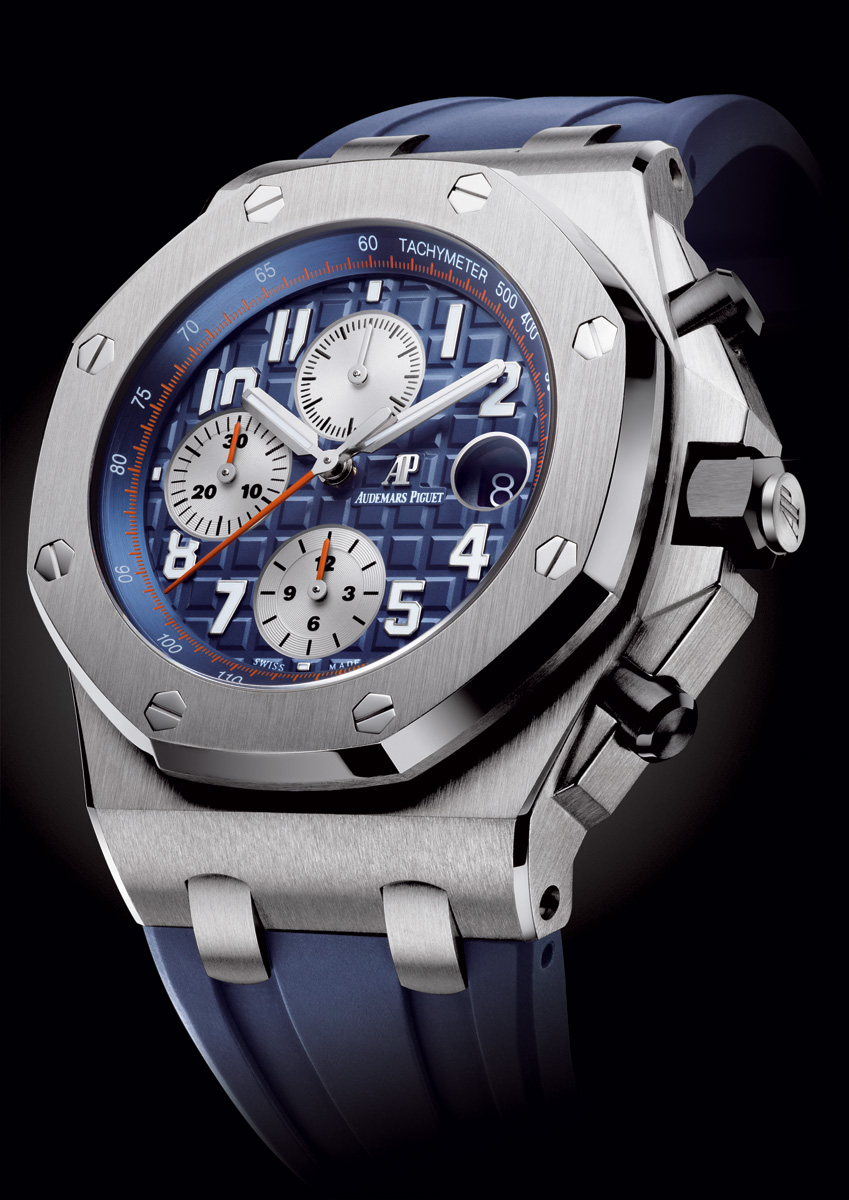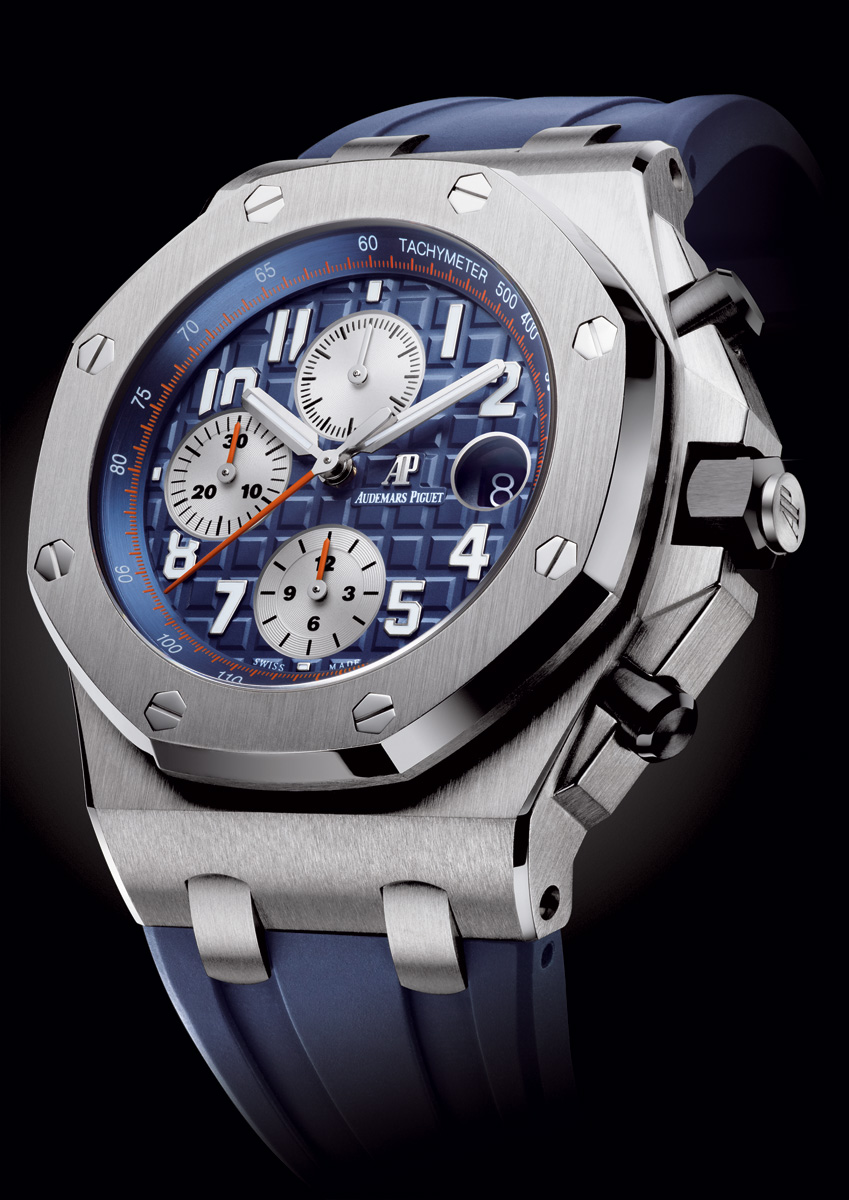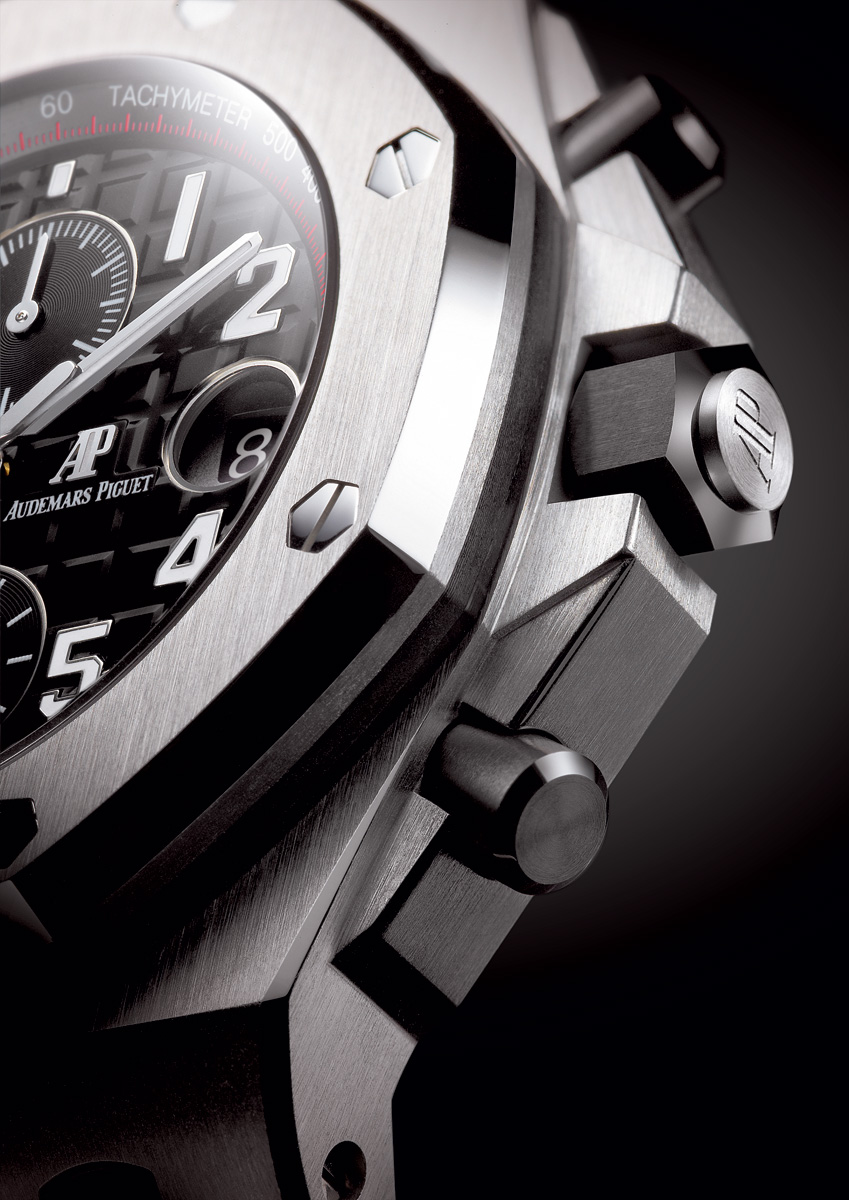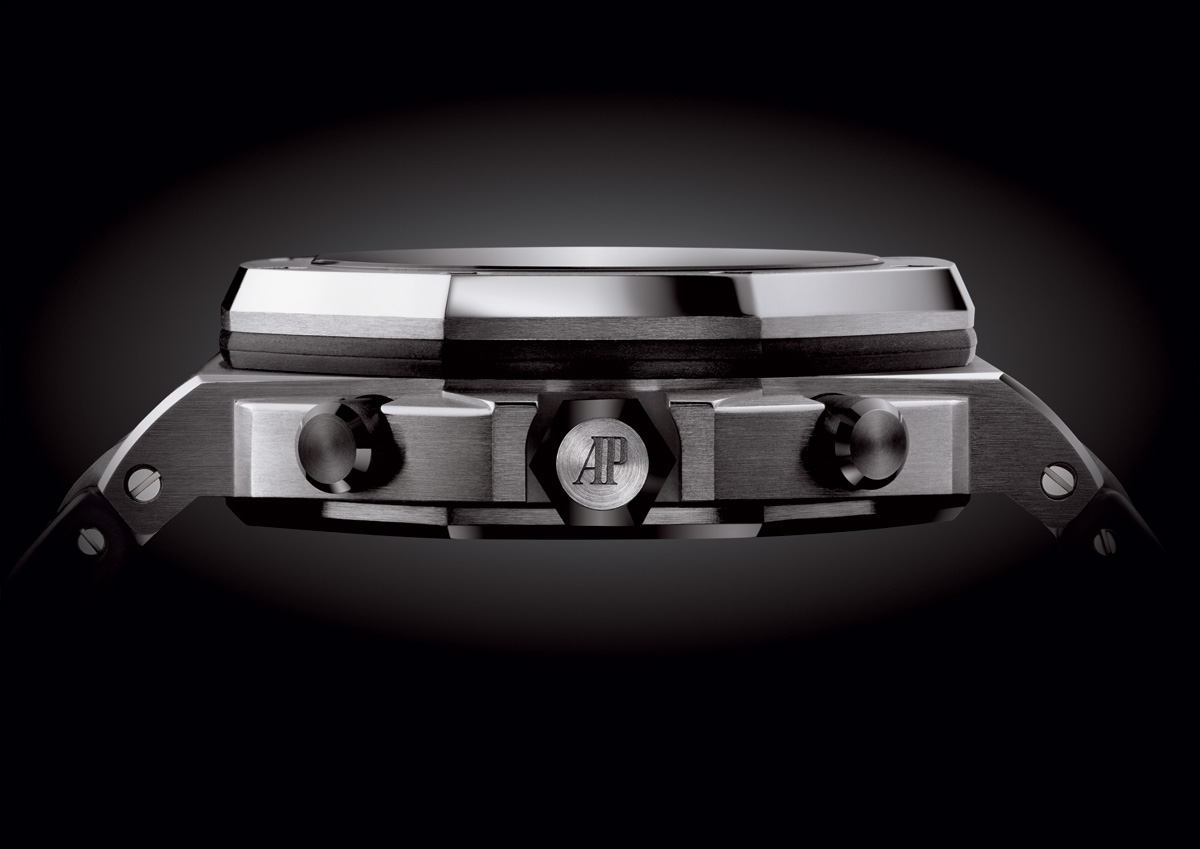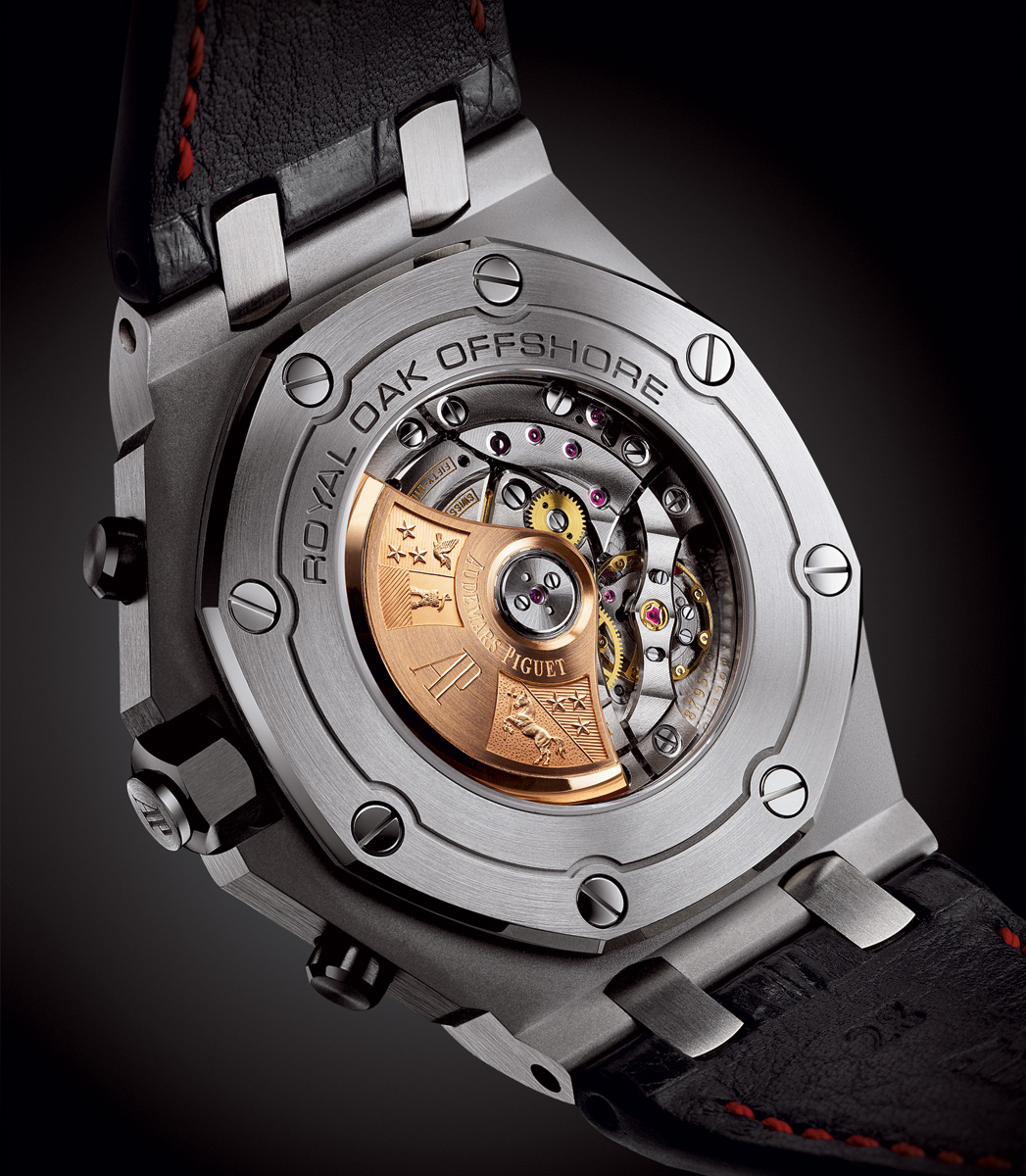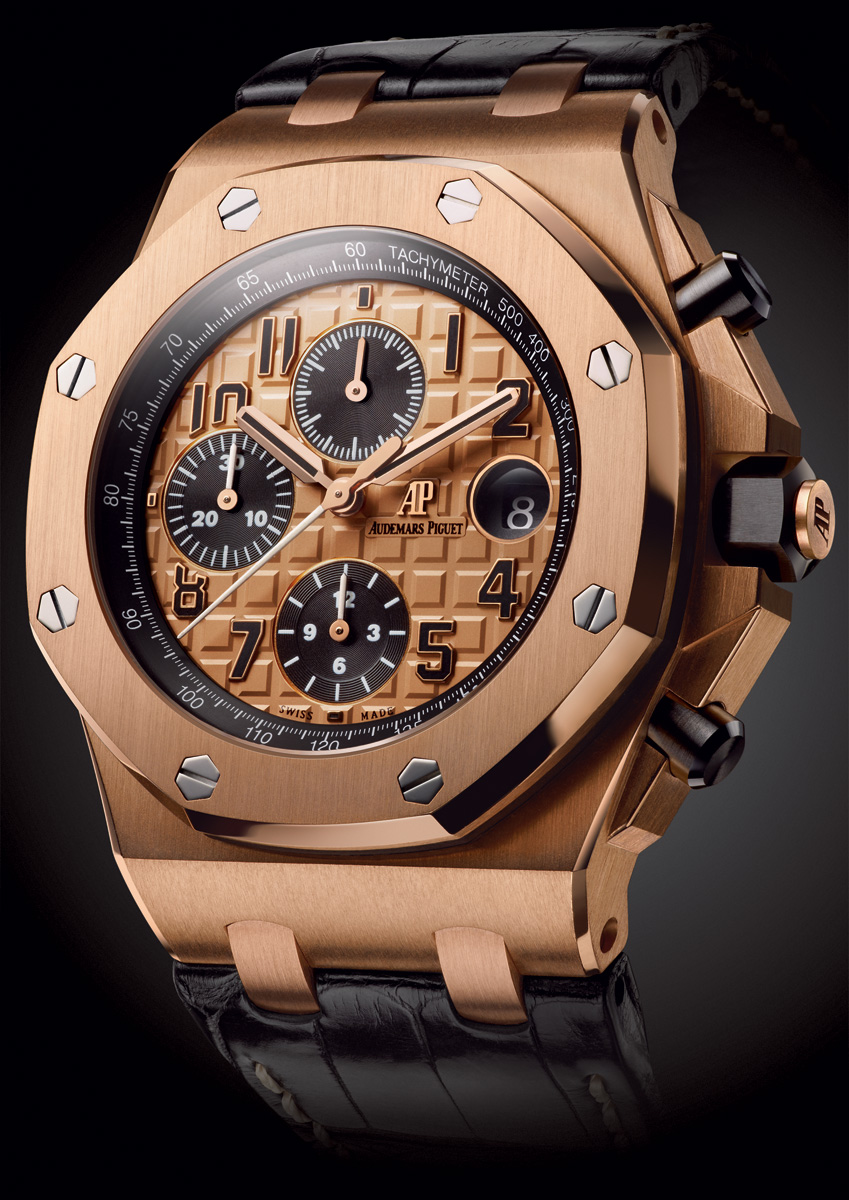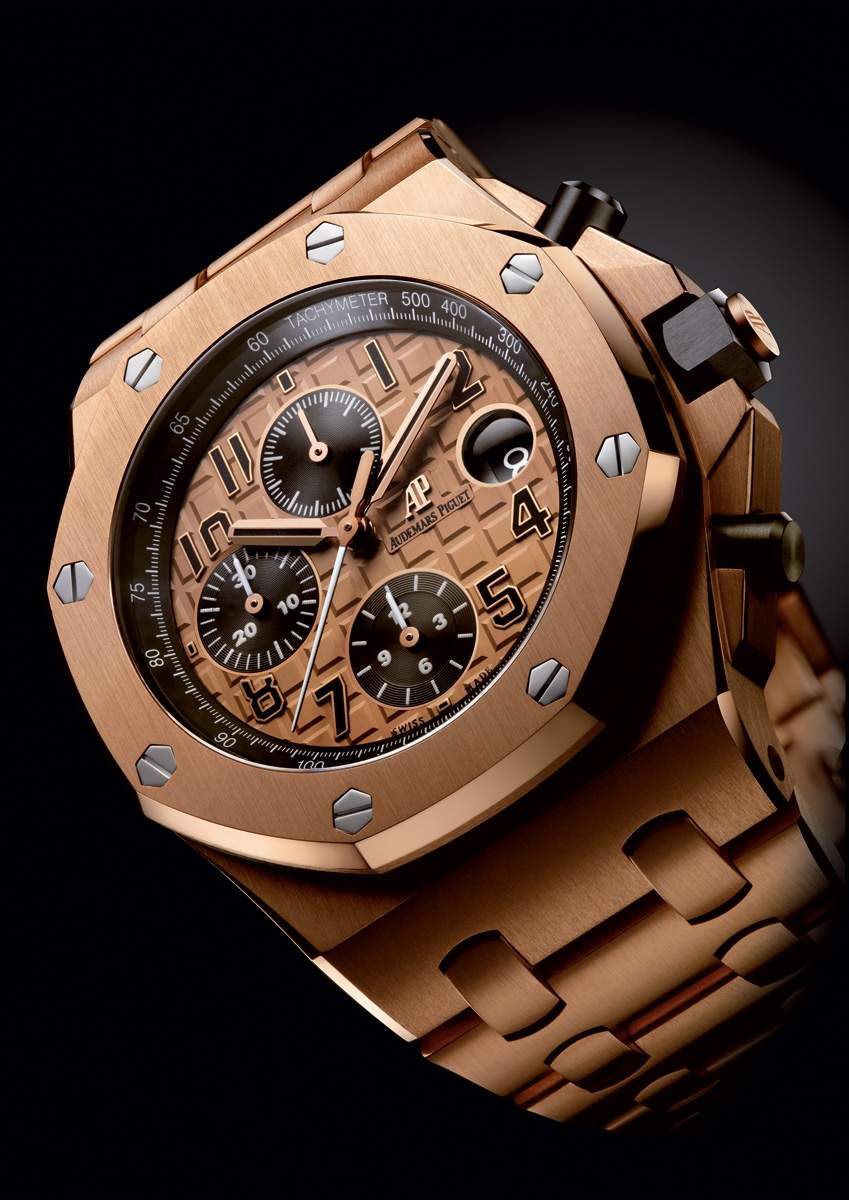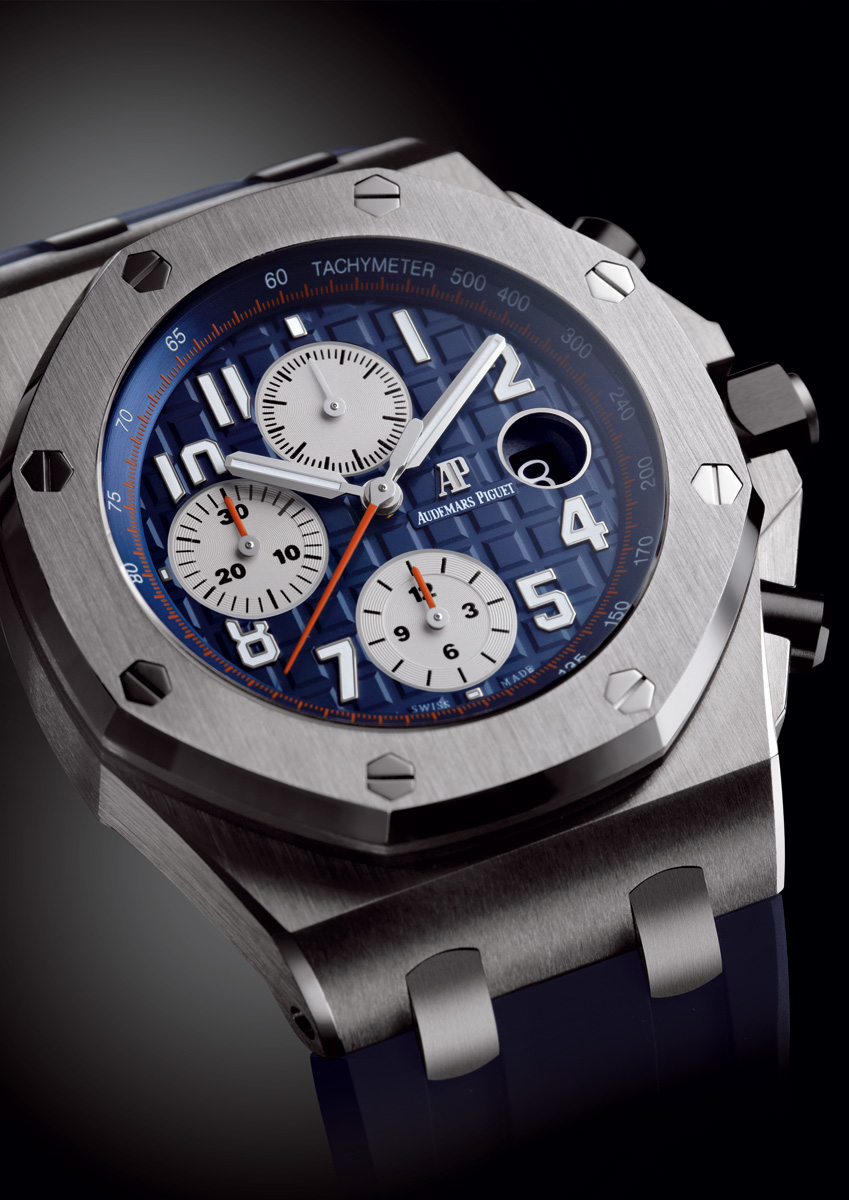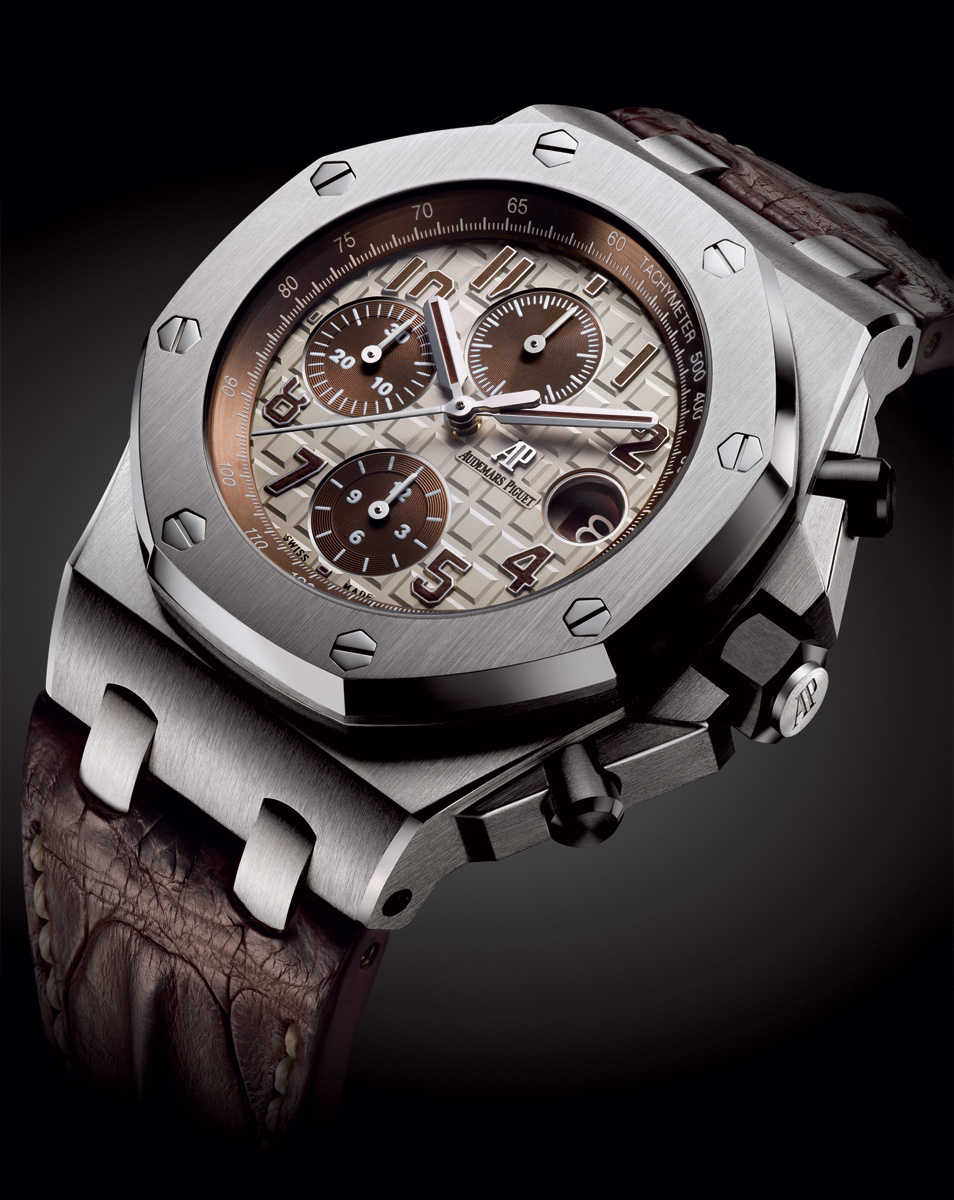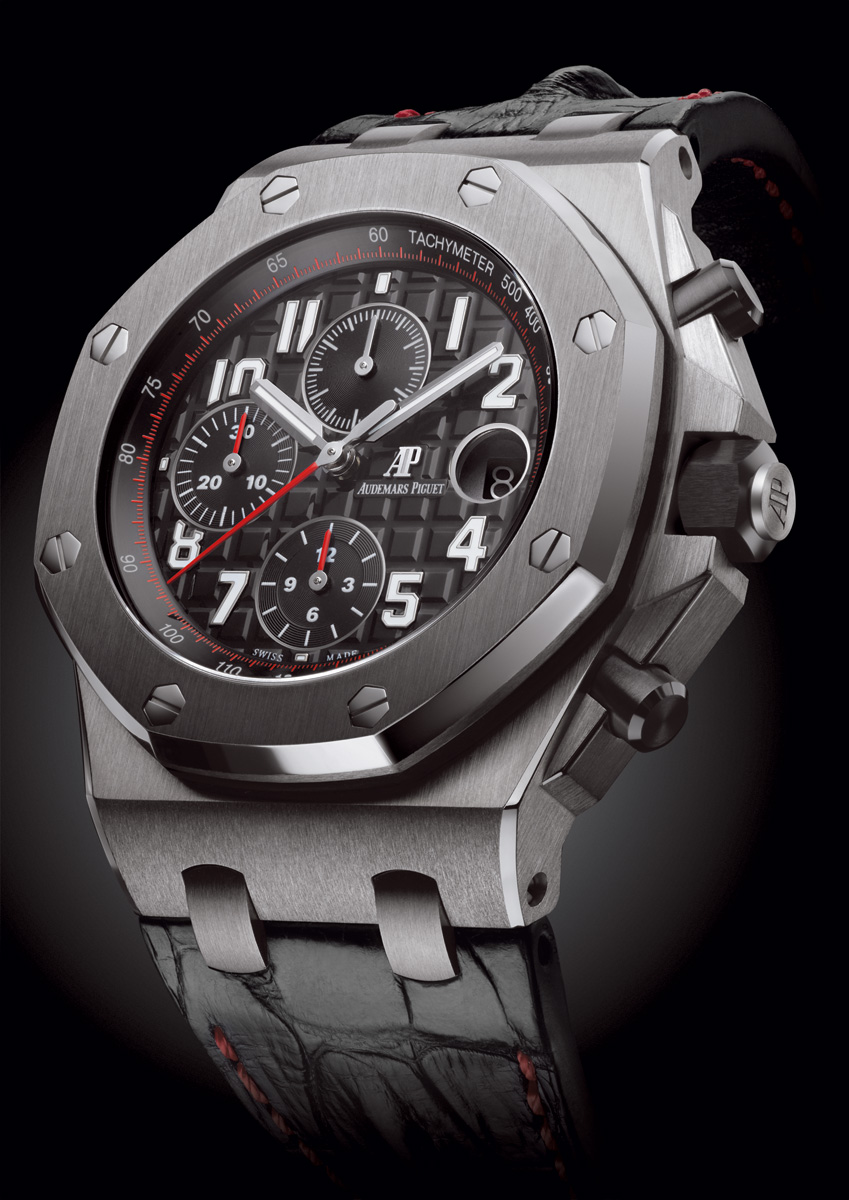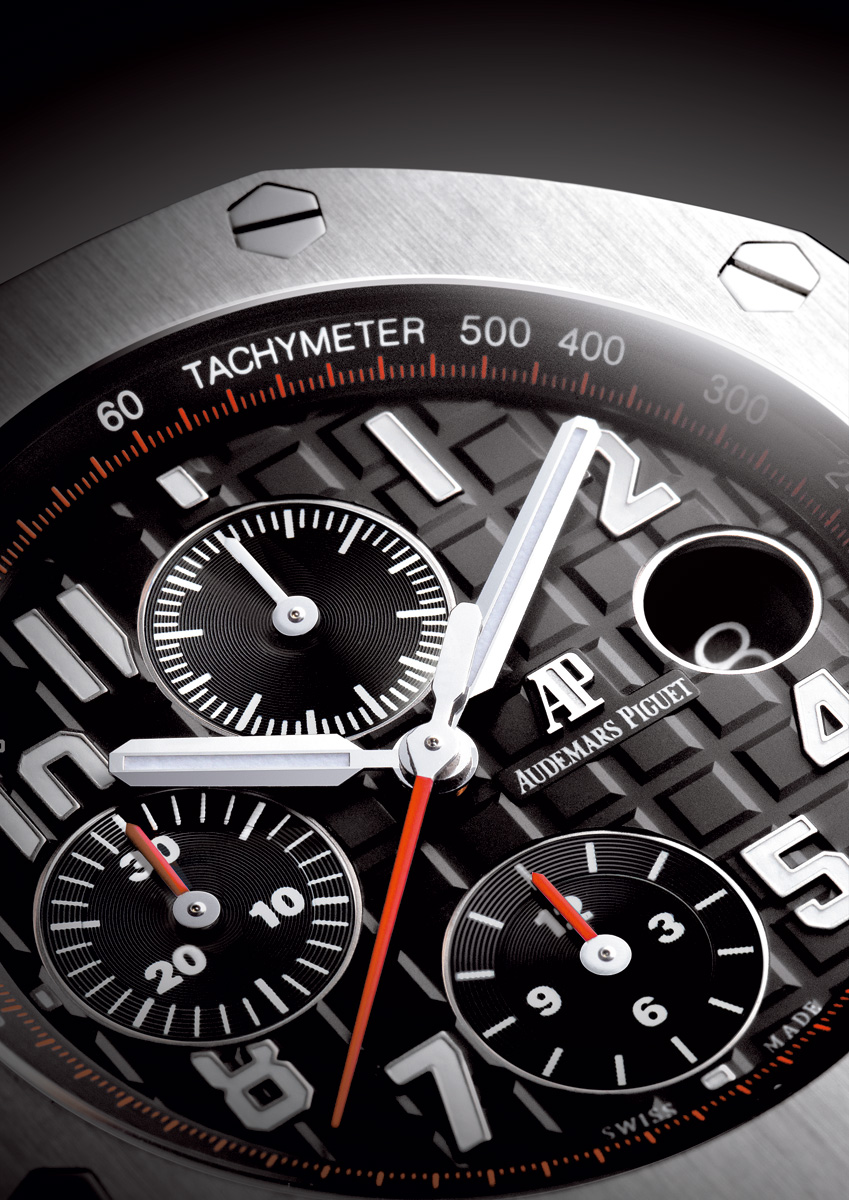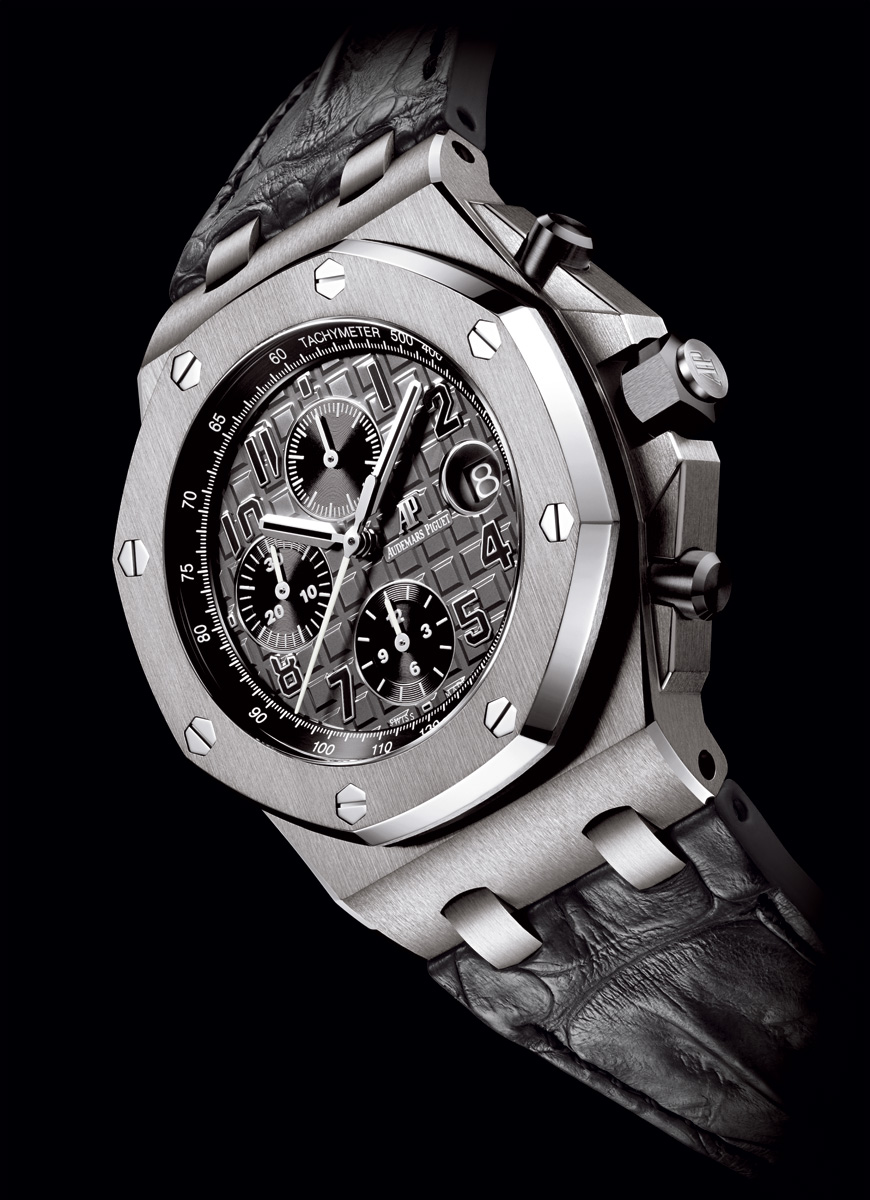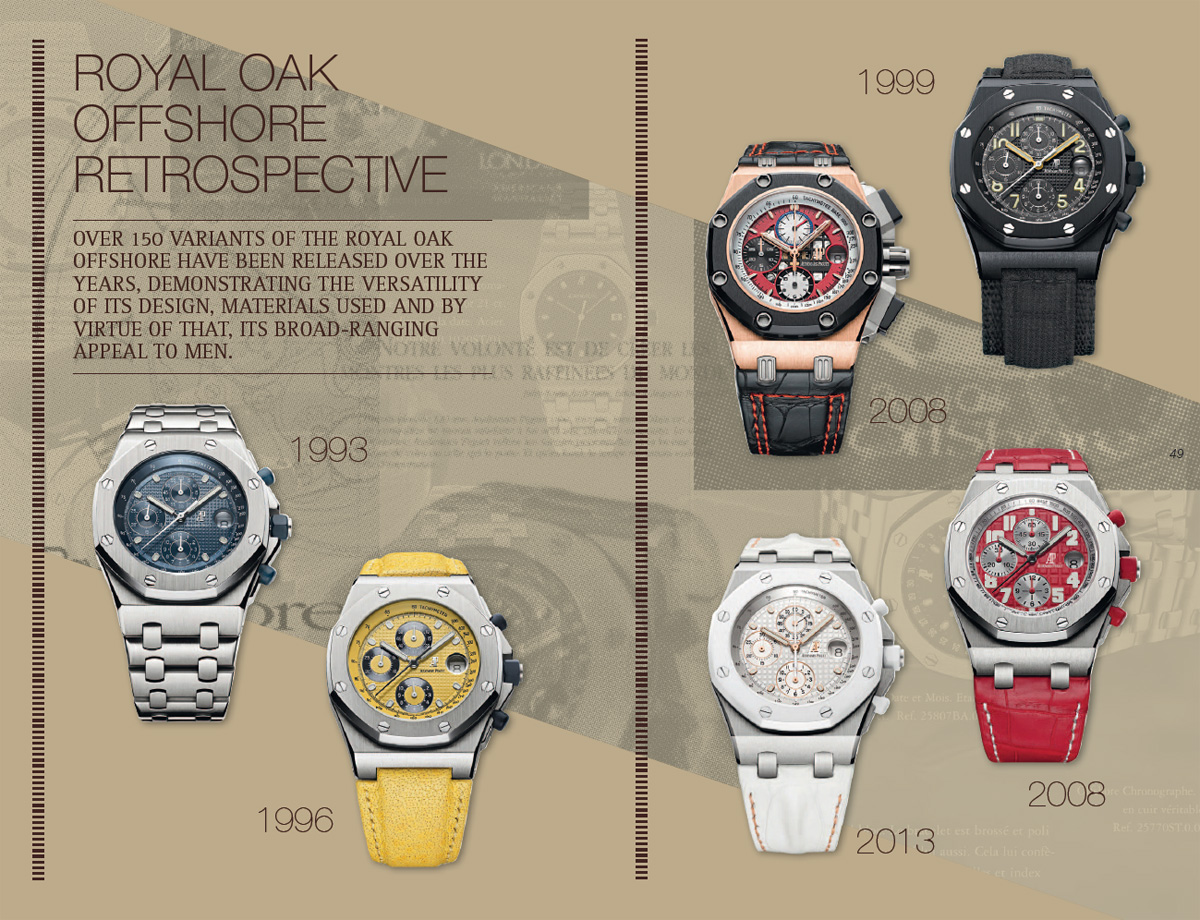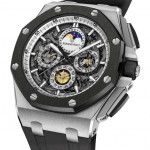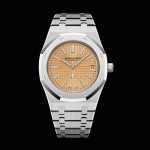SIHH 2014: Introducing the Vacheron Constantin Métiers d’Art Mécaniques Ajourées, skeleton watches for the gentleman (with specs and pricing)
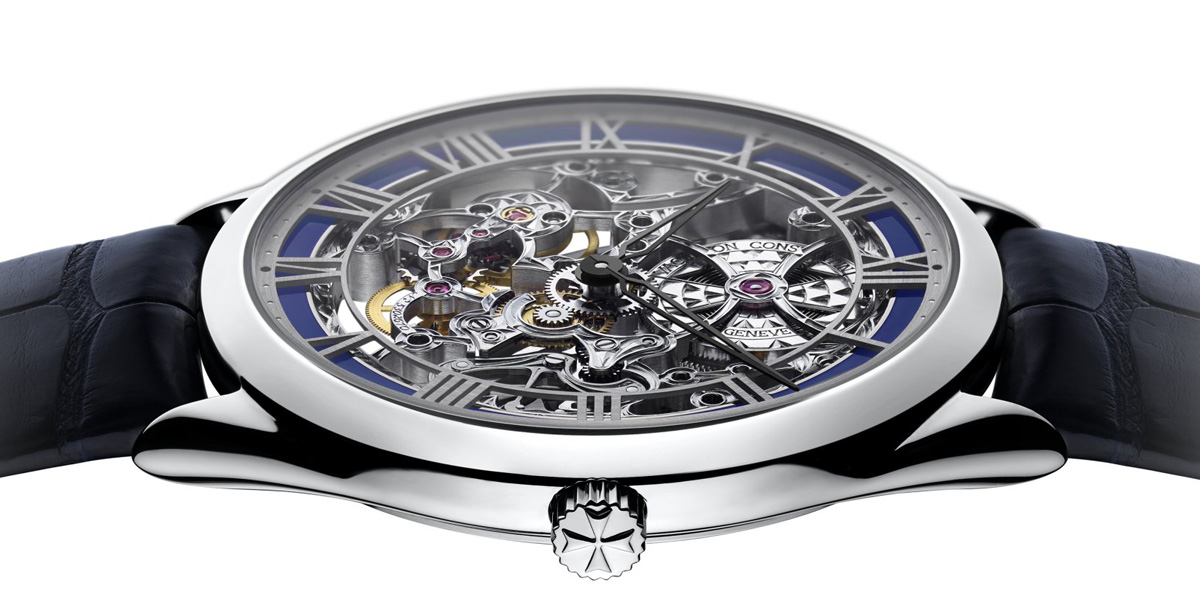
Skeleton watches for the gentleman, the Vacheron Constantin Métiers d’Art Mécaniques Ajourées combine open-working and subtle grand feu enamel accents, together with Gothic inspired design elements.
.jpg)
Vacheron Constantin is going all out with skeleton watches at SIHH 2014, unveiling open-worked versions of several calibres, including the 14-day tourbillon. The Métiers d’Art Mécaniques Ajourées use the simple, time-only cal. 4400 SQ, which has been skeletonised to wonderful effect. Instead of the more linear forms in most skeleton watches, the skeleton bridges and base plate have curved, arched lines, inspired by the ribbed vaults found in the ceilings of Gothic-inspired nineteenth century buildings.
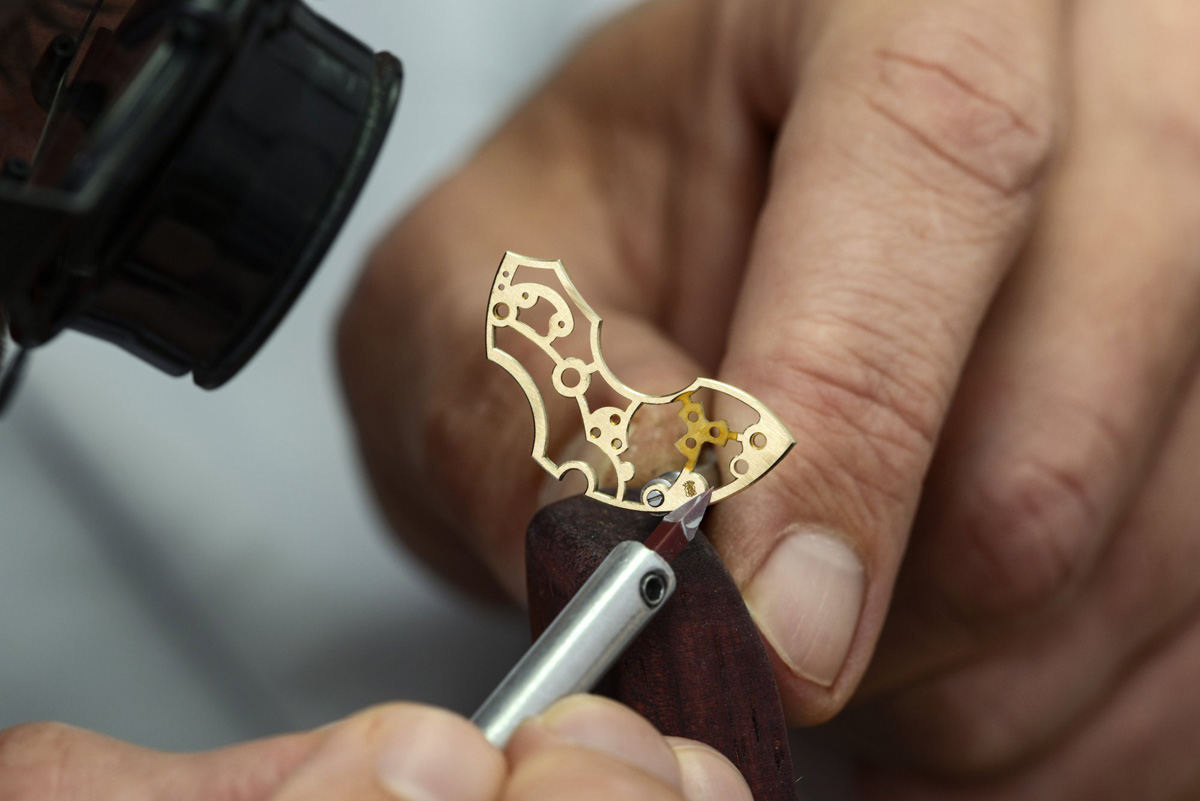 |
| Bevelling |
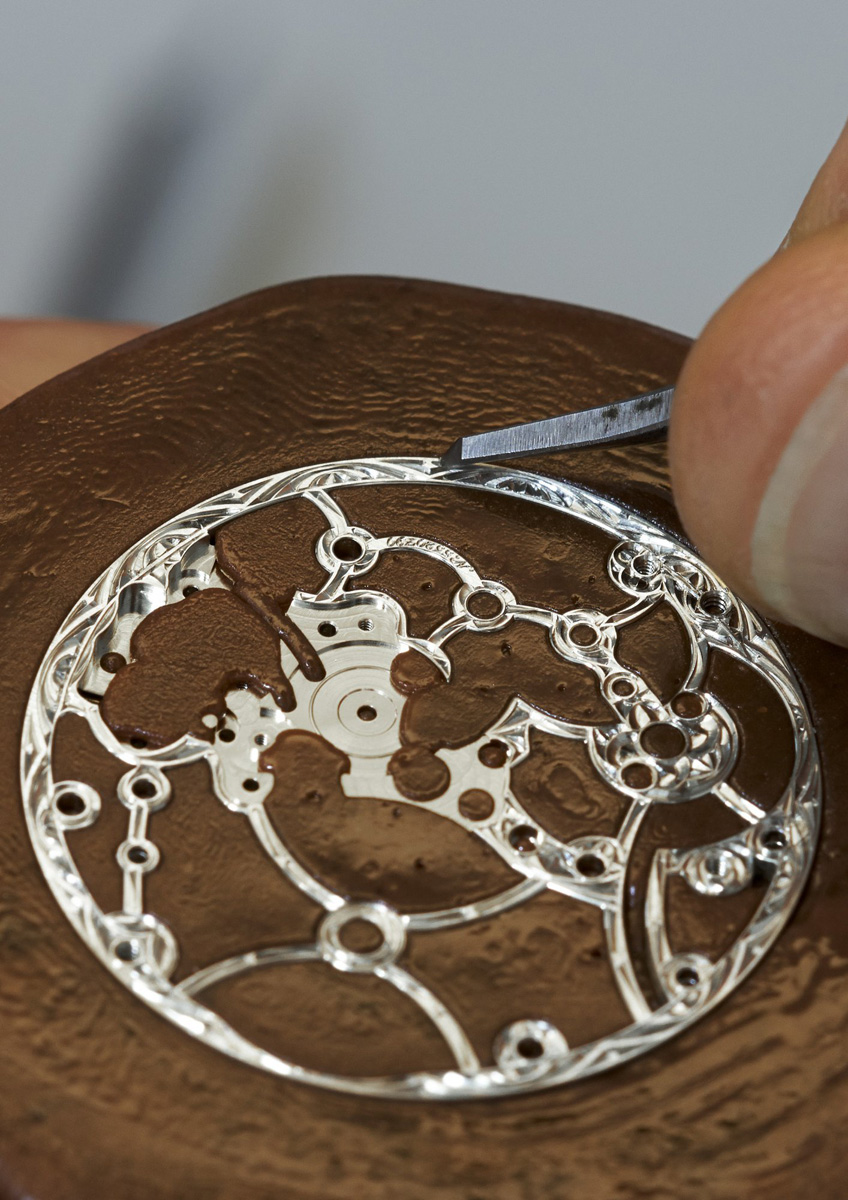 |
| Hand-engraving |
Each surface is then further engraved with vaults, further enhancing the effect. More than three days is required to complete the movement decoration and engraving.
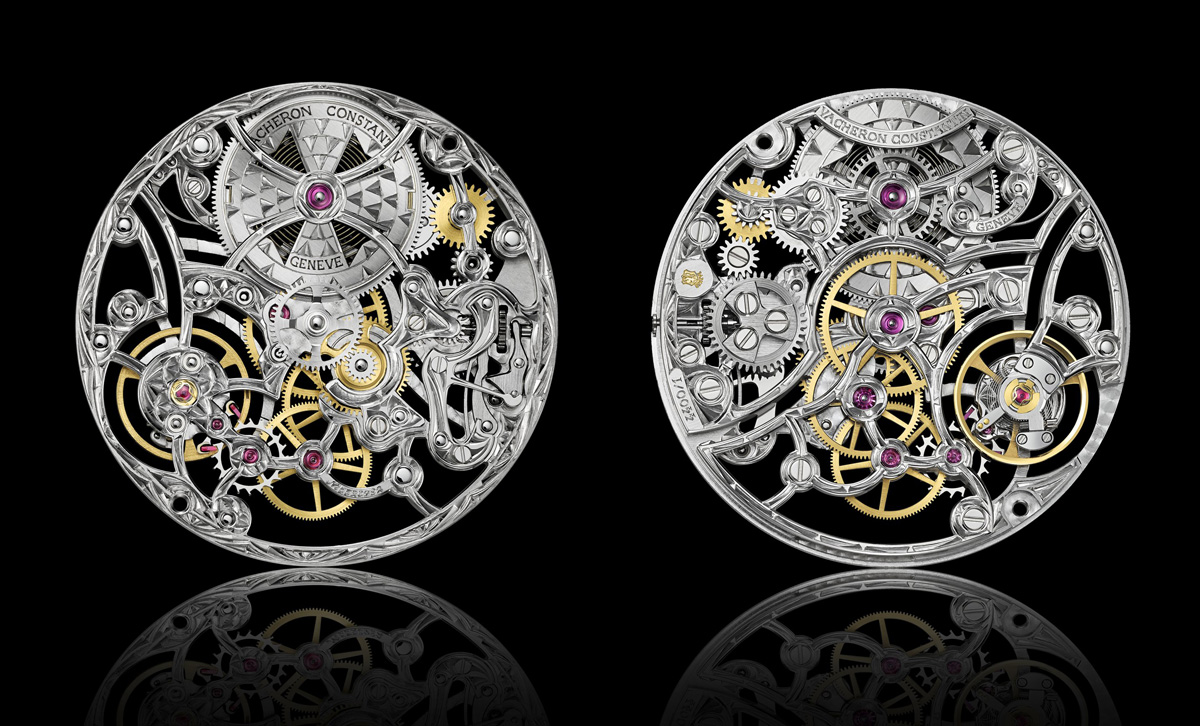
.jpg)
.jpg)
In addition, Métiers d’Art Mécaniques Ajourées also boast a narrow, grand feu enamel chapter ring. Done in black, blue or grey, the enamel ring sits under mechanically skeletonised Roman numerals, another Gothic architecture inspired element.
.jpg)
The black version is particularly challenging due to the difficulty of achieving a consistent and flawless black finish.
.jpg)
At 40 mm wide and 7.5 mm high, the Métiers d’Art Mécaniques Ajourées have slim, formal proporations. The cases are all white gold, with the choice of black, blue or grey enamelled chapter rings. An additional jewellery model set with baguette-cut diamonds on the bezel is also available.
.jpg)
The craftsmanship required for each watch puts them in the very highest price point. Each version of the Métiers d’Art Mécaniques Ajourées retails for a hefty 109,000 Singapore dollars, equivalent to about US$85,300. The jewelled version retails for 176,000 Singapore dollars, about US$138,000. Keep an eye on our SIHH page for updates. Or follow us on Facebook, Instagram and Twitter to keep track of the happenings at SIHH 2014.
.jpg)
.jpg)
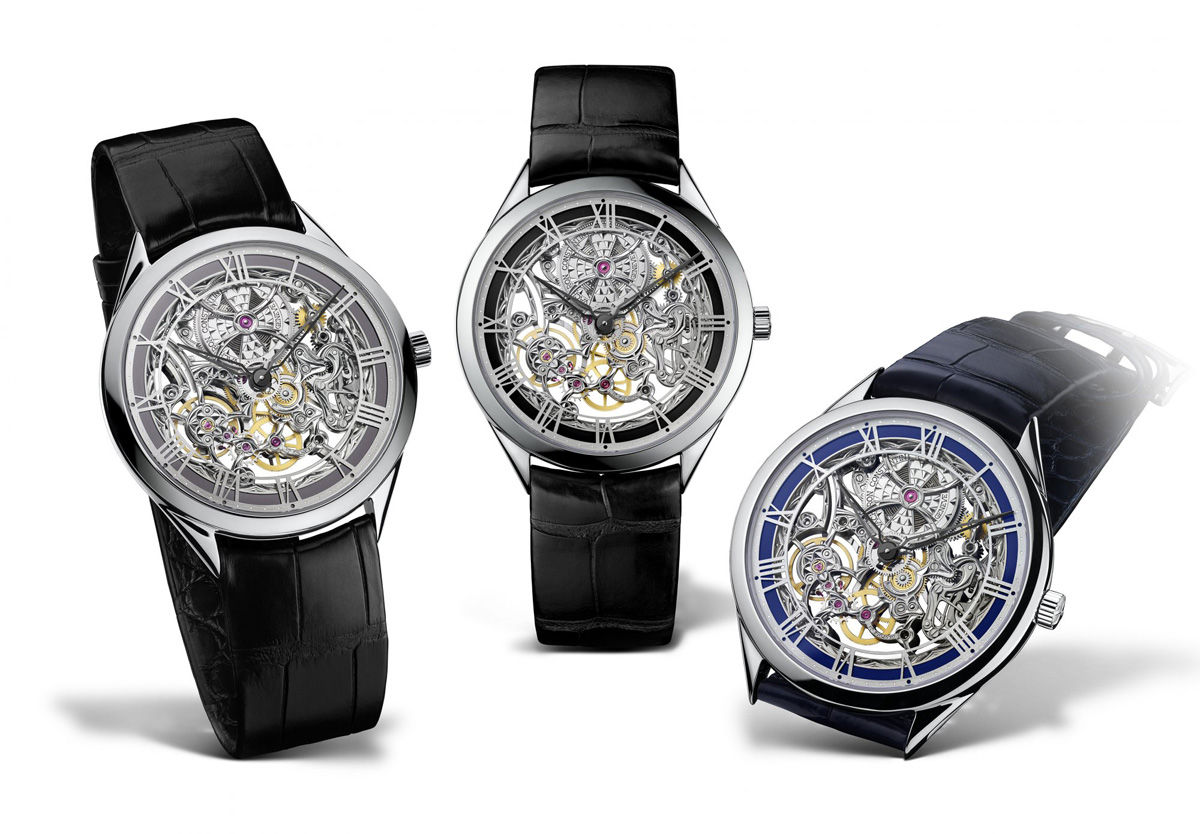
.jpg)


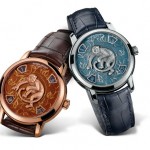
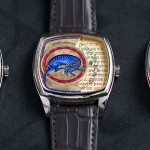
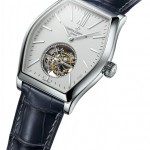
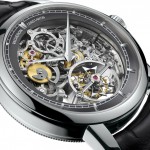
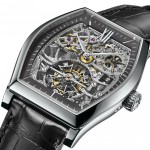
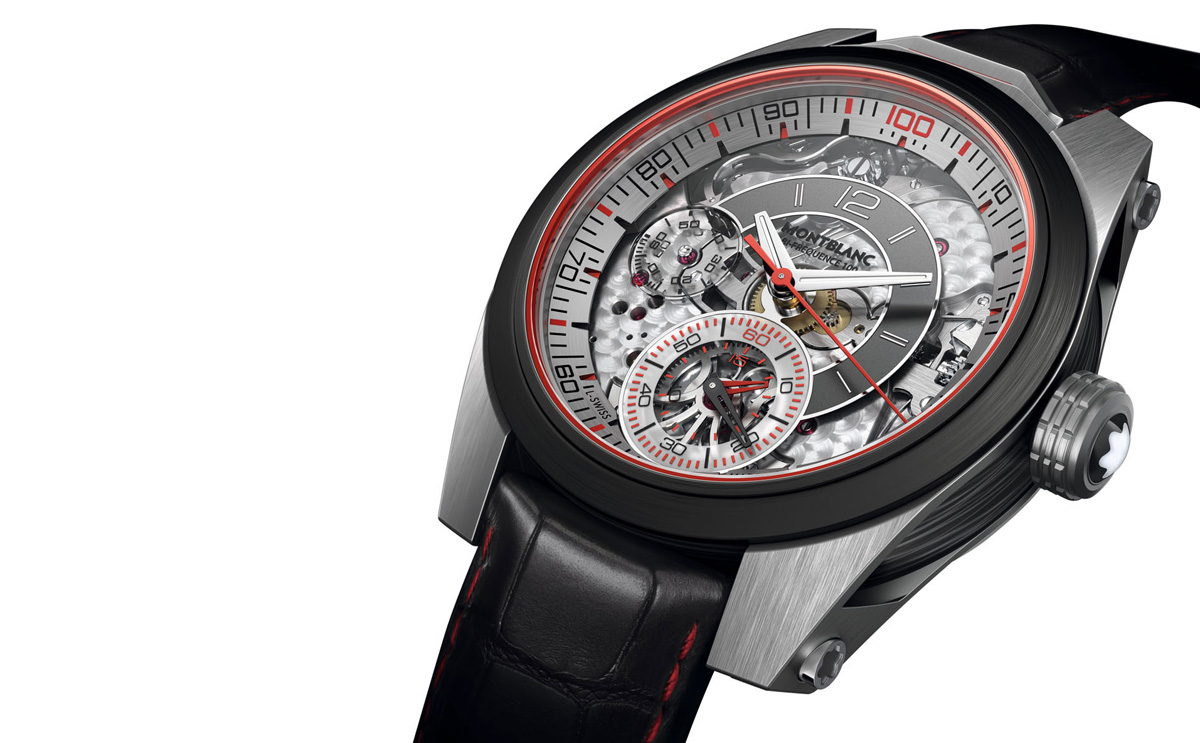
.jpg)
.jpg)
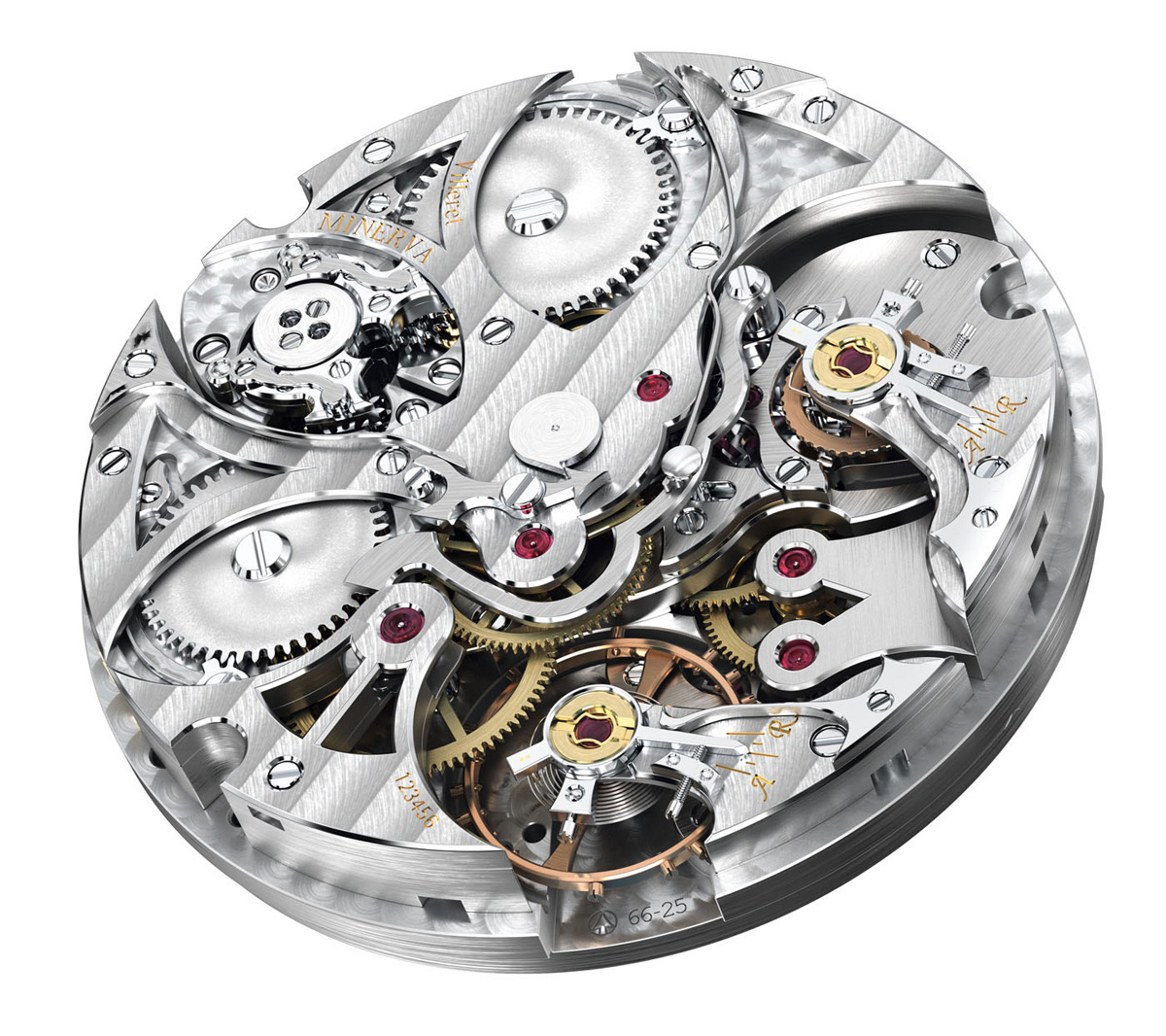
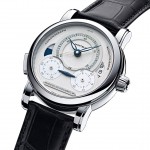
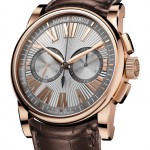
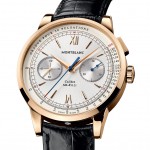
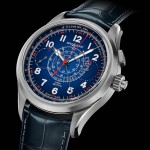


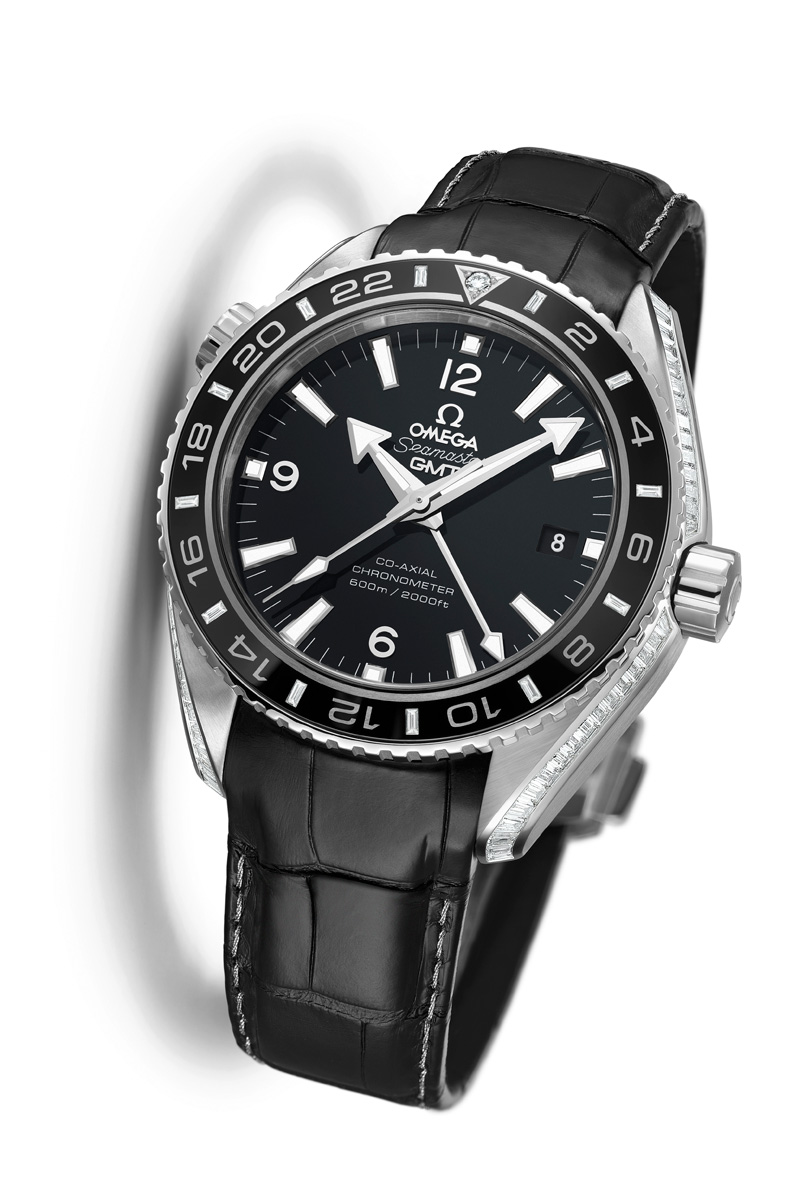
.jpg)
.jpg)
.jpg)
.jpg)

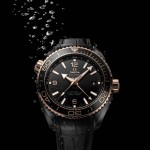
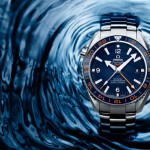


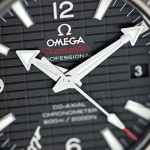

.jpg)
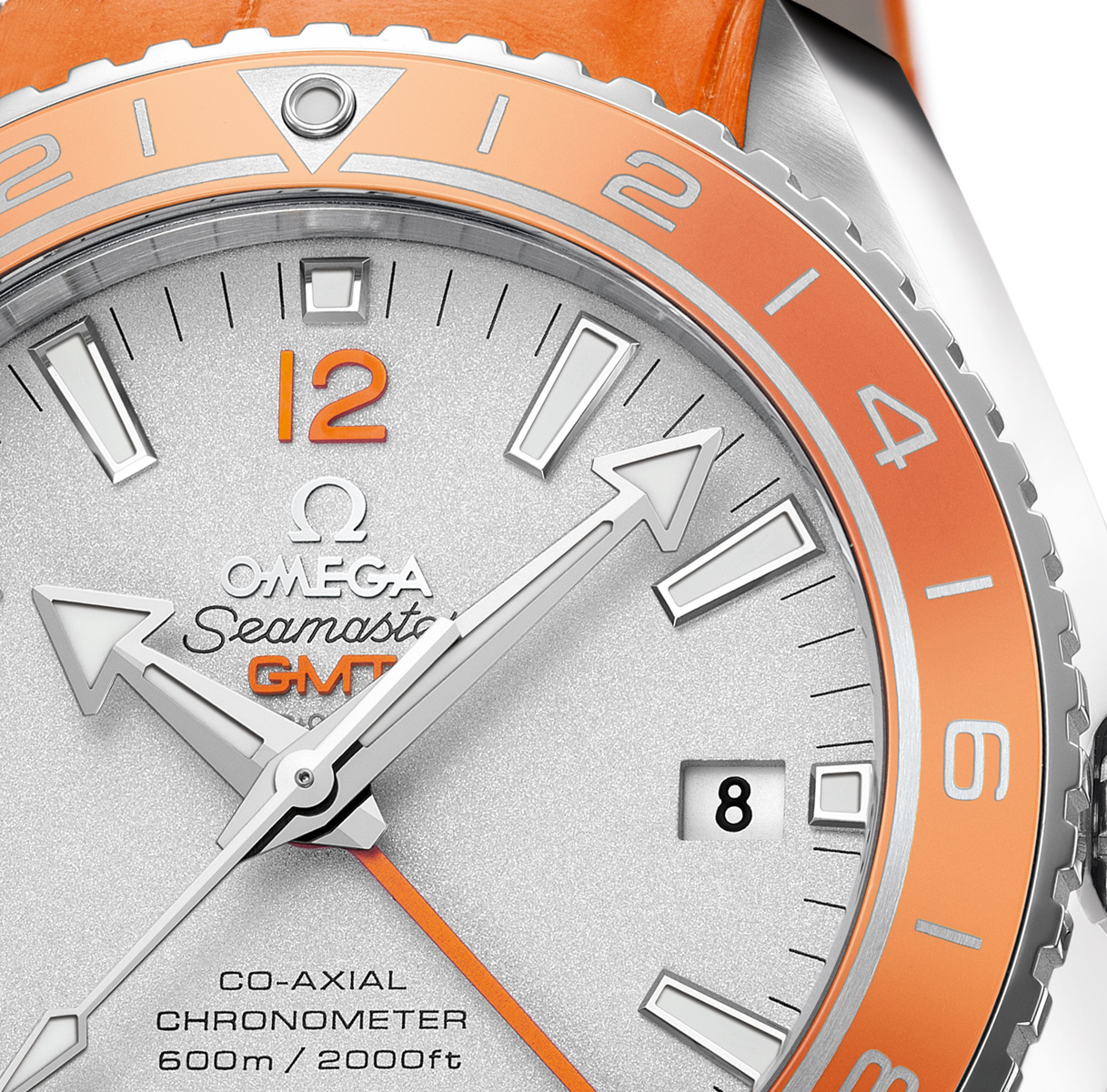
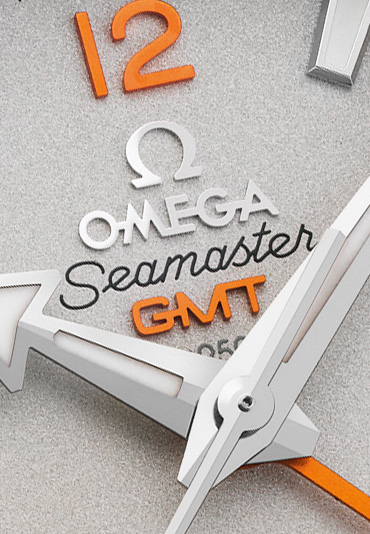
.jpg)
.jpg)
.jpg)
